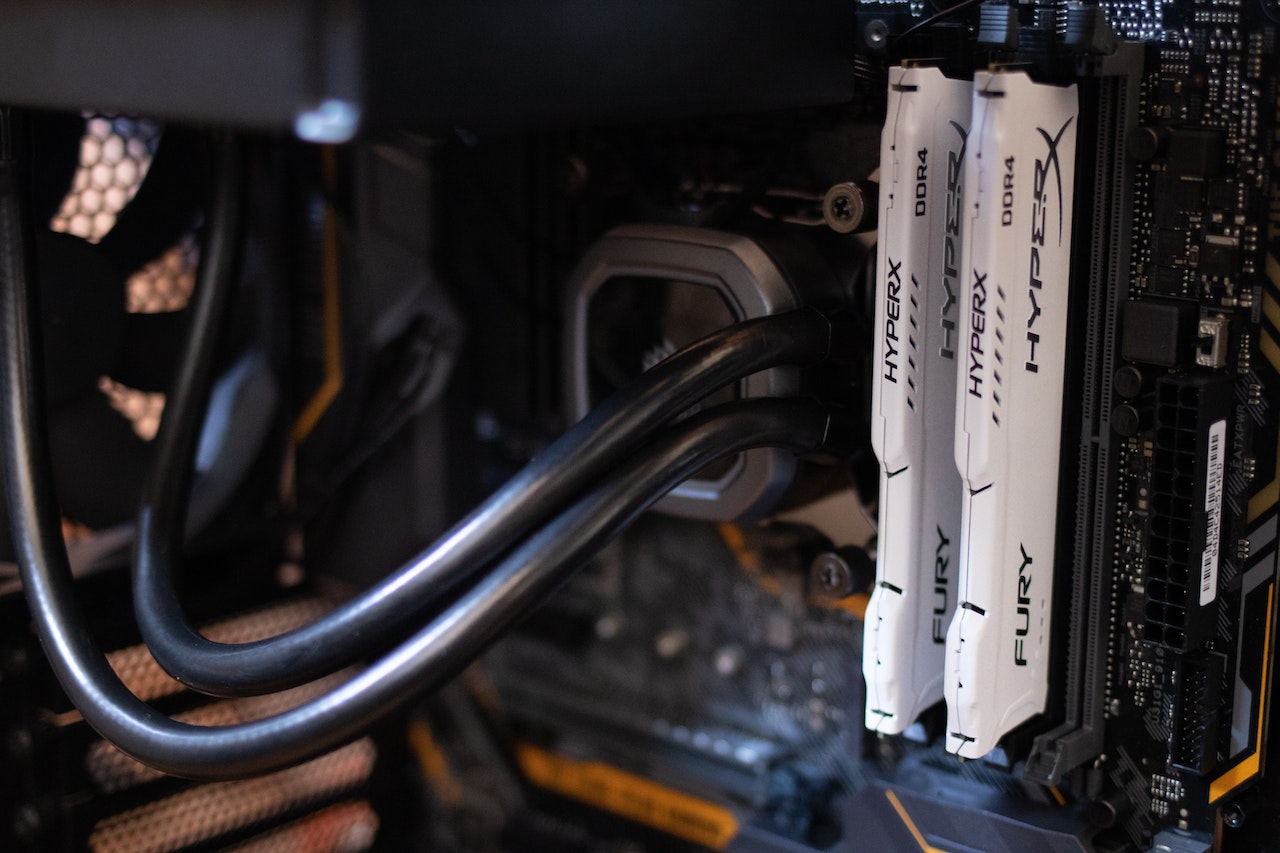Understanding the Basics of Radio Frequency (RF) Cabling

Wireless communication systems have increasingly become essential to everyday life in today’s interconnected world. Society has come to depend on digital systems to establish a reliable, efficient means of communication between devices.
As wireless technologies continue to evolve, the demand for the high-speed transmission of data and long-distance information increases along with it. As an essential component of wireless communication systems today, it is vital to understand the basics of radio frequency (RF) cabling to meet these growing demands.
We’ve listed some of the basics of RF cabling, its components, and its different types to better understand how it works, what information it transmits, and which industries can benefit from it.
What is RF Cabling?
Generally, RF cabling refers to the entire cable system comprising the RF cable and the RF cable assembly. The RF cable is the bulk coaxial transmission line, while the RF cable assembly is the entire coaxial cable length terminated with a connector on each end.
The unique design of RF cabling enables the entire system to establish a tight connection to the port. All data transfers can only occur when this connection is established, which helps prevent any disruptions and interferences during data transfer.
Purpose of RF Cabling
The main purpose of RF cabling is to facilitate the transfer of data between two devices, such as between a radio and an antenna, through the transmission of radio frequency signals. Although the data isn’t conveyed directly by RF cables in modern wireless systems, they are still critical components within wireless communication systems as they enable the transmission and reception of signals without establishing a physical connection.
Types of RF Cabling
Many types of RF cabling are designed for various applications in modern wireless communication systems. Below is an overview of each type:
- Coaxial Cables: Consists of different layers of materials stacked centrally around a central conductor. These include an insulating layer, a braided shield, and an outer jacket. Coaxial cables are commonly used in telecommunication applications, such as television, radio, and networking.
- Waveguide Cables: Waveguide cables are special RF cables made from hollow metal tubes, which provide distributed inductance. Meanwhile, the empty space between the tube walls provides distributed capacitor. Utilizing both creates a data transmission system that conducts microwave energy at a lower loss than coaxial cables.
- Twinaxial Cables: Twinaxial cables are similar to coaxial cables but have two central conductors instead of one. Because of their cost-effectiveness and efficiency, twinaxial cables have been increasingly adopted in modern short-range, high-speed differential signaling applications.
Different Components of RF Cabling
RF cabling is made up of several components in order to build a system capable of transmitting and receiving large volumes of data. These components include the following:
- Connectors: These are small metallic pieces connected to the cable’s ends, which will then be used to attach the RF cable to the transmitting or receiving device.
- Adapters: When connections aren’t compatible with each other, adapters are attached to connect different types of connectors to allow them to communicate with each other.
- Splitters: Splitters are used to split the RF signal into multiple paths, enabling the transmission of data from one device to several receiving devices at the same time.
- Amplifiers: When the transmission signal is weak, amplifiers are used to boost the RF signal strength.
Applications of RF Cabling
RF cabling is incredibly versatile and is used in a wide range of applications. In some cases, custom cabling is used for more specialized applications. The following are some of the most common applications of RF cabling:
- Telecommunications – radio and television broadcasting, cellular networks, and satellite communications.
- Aerospace – radar systems and satellite communications
- Defense – secure radio transmissions and missile guidance systems
- Medical – magnetic resonance imaging (MRI) and computerized tomography (CT) scans.
Superior Custom Cabling Solutions at Carrio Cabling
Carrio Cabling offers superior cabling solutions to help you reach your business goals and equip your organization with the tools to succeed. Our RF cabling solutions are designed to meet a wide range of data transmission applications while also providing custom cabling to meet the demands of specialized applications. Discuss your data transmission and communication needs with us. Get in touch with us today for a free quote! Give us a call at 1-800-251-4391 or contact us through our online form to discuss your cabling needs.


